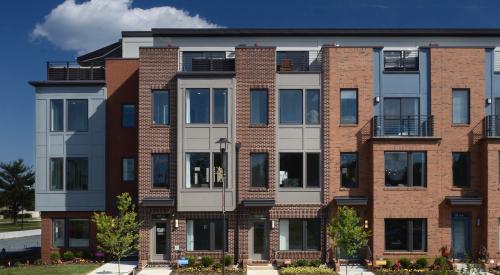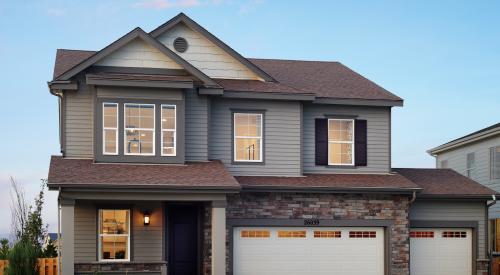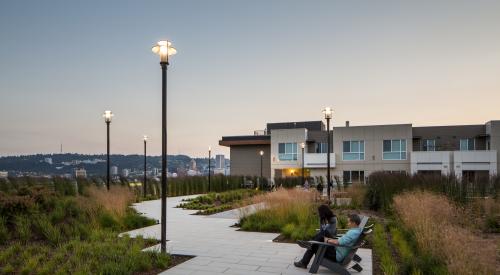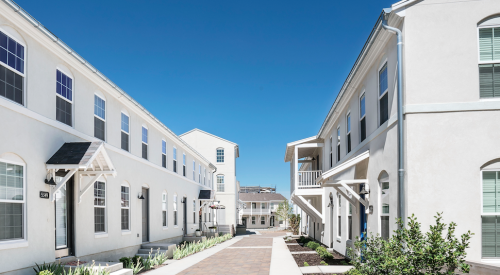Consensus (and the Census) has it that the upward trajectory of housing that began in 2012 is clear and continuing. There have been ups and downs but the overall trend has been steadily rising. We are still nowhere near the “norm” of pre-boom 2000 to 2003, when new-home sales hovered between 800,000 and a million, but we’ve come a long way from the depths experienced between 2009 and 2011.
One wonders, though, where we would be if we had a more robust entry-level housing market. In 2000, according to Trulia, the share of new homes priced in the bottom third of price distribution were at 16 percent. In 2015, the share is less than half that. Even more telling is the fact that homes in the top third of price distribution have grown from 57 percent in 2000 to almost 69 percent in 2015, with the middle third losing ground as well.
The limited supply of entry-level homes has also had the effect of causing the prices for starter homes to increase. Data from Trulia show that in 2016 first-time homebuyers will have to spend 1.3 percent more than they would have just a year ago. But even with lower supply and higher prices, first-time buyers are still managing to become homeowners. The number of first-time buyers increased from 27 percent in May of 2015 to 32 percent in May of this year. And surveys reveal that many in the 18 to 34 age range are saying that it is their intention to buy a home in the near future.
Home builders have always shown an amazing ability to tailor their products to the market. Square footage, amenities, and prices all have been adjusted quickly to accommodate changing buyer profiles. So with more and more first-time buyers looking to purchase, many are asking why aren’t builders building more entry-level homes?
The answer is simple: In most areas, builders can’t make a profit building and selling starter homes. Today’s land costs, development fees, and labor issues make it incredibly difficult to build homes that can be sold, even at low margins, to the buyers on the lowest rung. Home building is a noble business, but it is a business, and builders must make money to be sustainable.
What’s the answer? There are a few out there, but for many good reasons, builders aren’t rushing to implement them. In earlier issues of Professional Builder, we’ve talked about pocket neighborhoods, but zoning often does not allow for single-family homes that would be small enough or dense enough to be economically feasible. We’ve written about developments that combine a variety of housing types to produce an average margin that’s acceptable. Here and there, some of these have been successful. But what we still need are houses that are designed to take up less space and are easier and less expensive to build, yet still appeal to buyers and the community in which they are built.
In this issue, editor-in-chief Amy Albert takes a look at a prototype community that attempts to overcome most of the issues that have bedeviled previous solutions. Conceived by KTGY Architecture + Planning’s R&D Lab, it focuses on a denser but livable site plan, efficient construction, and designs that feel larger than their square footage might indicate. Overall, the firm’s stated goal for the project was attainability for both builders and buyers.
Attainability. It’s the new industry watchword and more of us should be focusing on it.













